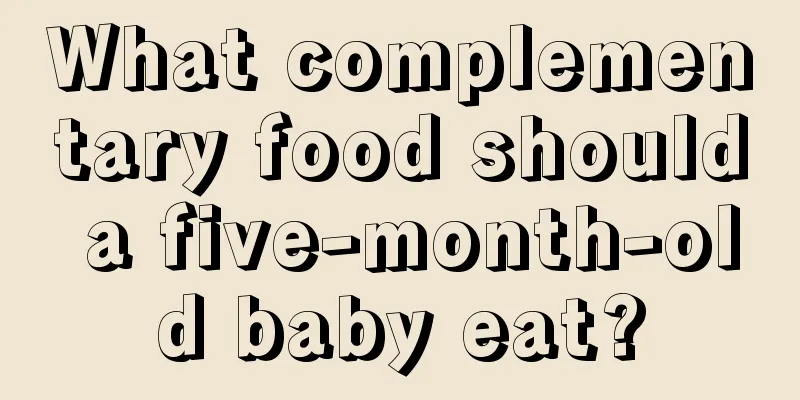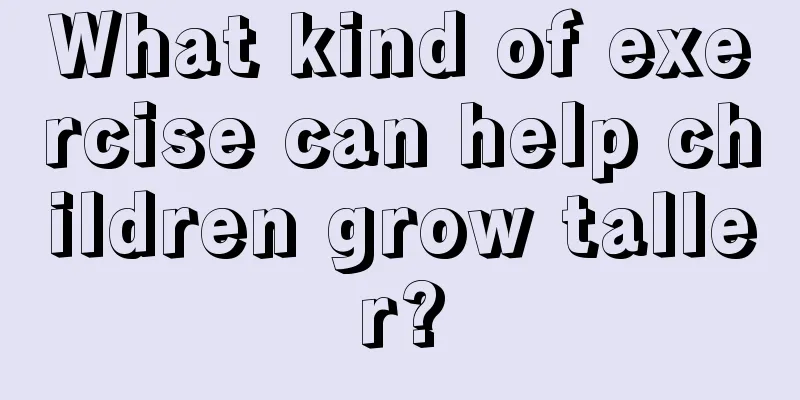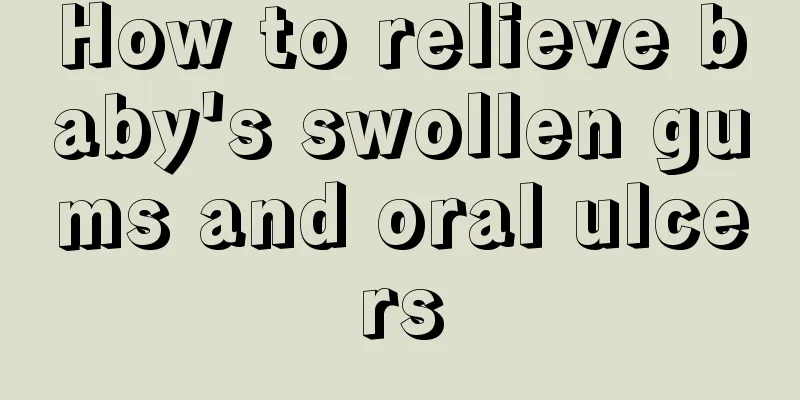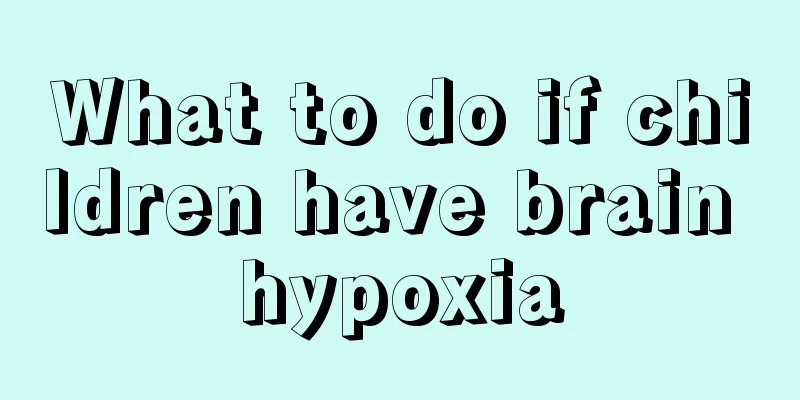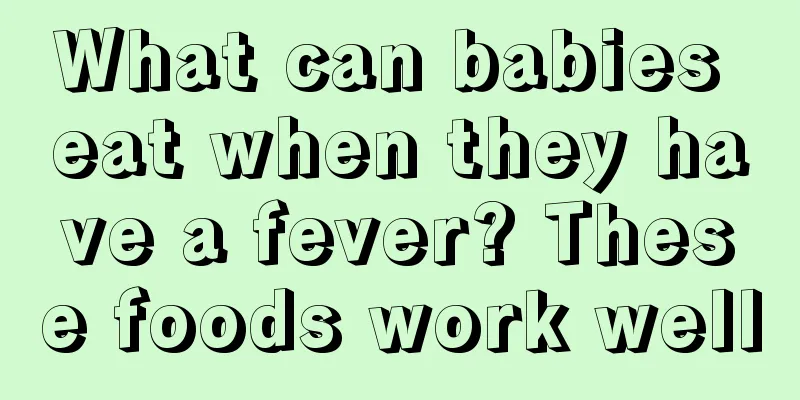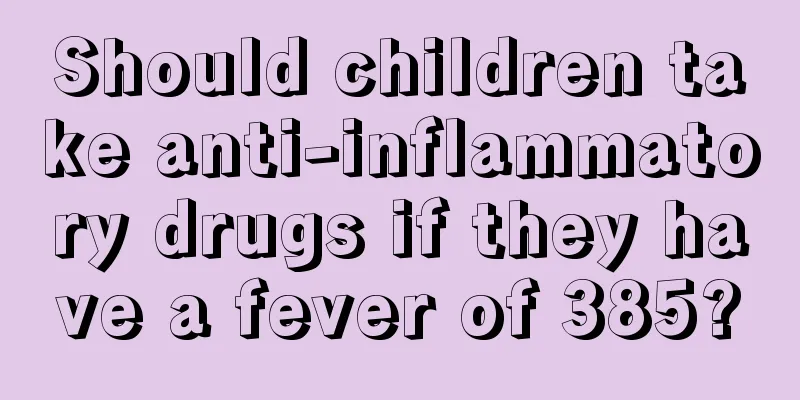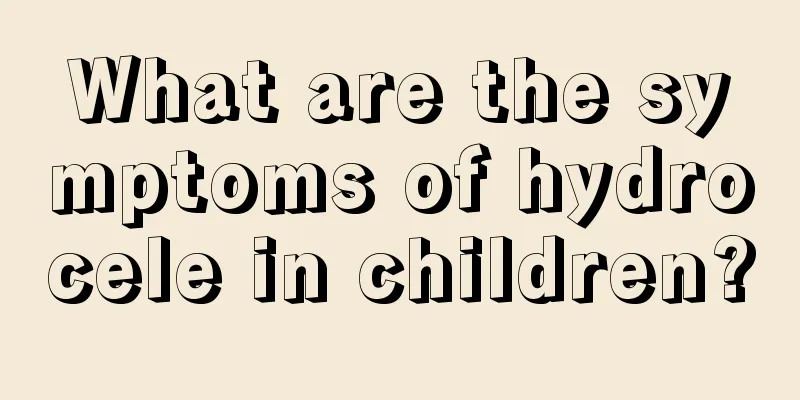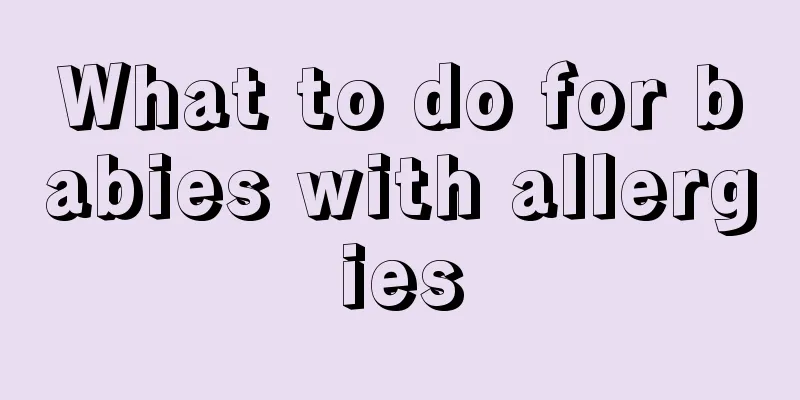Why is my child always panting?
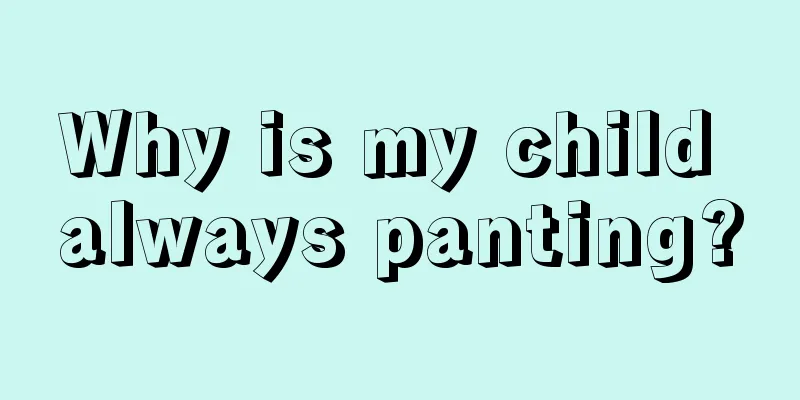
|
Many children will suffer from wheezing when the weather turns cold or when the seasons change. Many parents are very worried about this situation, and are especially afraid that their children have asthma. When a child shows symptoms such as wheezing, they should go to the hospital for examination and treatment in time. So why do children always wheeze? Now let’s talk about why children are always panting. Why is my child always panting? In fact, wheezing is a common respiratory symptom in infants and young children. When a baby wheezes, it is often manifested as labored and rapid breathing, and a "huhuhuhu" sound when breathing. Some may also be accompanied by vomiting of milk, poor spirits, and even cyanosis of the lips. Anyone who has ever played a whistle knows that when you blow hard, the whistle will make a sound. This sound is caused by the vibration of the air blown into the whistle. Then, by the same logic, when certain factors (such as airway spasm, increased secretions, edema, etc.) can cause changes in the airflow in the trachea, it will also cause the baby to wheeze. Of course, the structure of the human body is much more complicated than a whistle, so the reasons for wheezing are also more complicated. Type of wheezing in children: 1. Early transient wheezing refers to wheezing that only occurs before the age of 3. Usually, the patient has low lung function after birth and has no personal or family history of allergies. Risk factors for low lung function include premature birth and passive smoking. 2. Early-onset persistent wheezing usually occurs in infancy and often recurs under the age of 6, but gradually disappears after puberty. There is no personal or family history of allergies. Most of the wheezing is caused by viral infection, among which respiratory syncytial virus is particularly common. For example, wheezing caused by bronchiolitis. 3. Late-onset wheezing, true asthma. These children's asthma often persists throughout childhood and even adulthood. They have typical allergic constitutions, most of which are accompanied by eczema, and their respiratory tracts have typical asthma pathological characteristics, requiring long-term treatment. Panting that requires high vigilance: 1) Frequent episodes of wheezing more than once a month; 2) activity-induced cough or wheezing; 3) Intermittent nocturnal cough caused by non-viral infection; 4) Wheezing symptoms persist beyond the age of 3 years. |
<<: What to do if a child has itchy lungs and coughs
>>: Causes and solutions for severe coughing in babies
Recommend
Are there any tips for treating mouth ulcers in young children?
Oral ulcers in children's mouths are a relati...
Causes of excessive hair loss in children
Hair loss is not only a phenomenon that is eviden...
What should I do if my child is fat?
With the improvement of people's living stand...
How to tell if a child is mute?
As babies grow up, they will have problems with e...
Can moles on children's faces be removed?
Many children have very tender skin. If some chil...
What causes athlete's foot in children?
Athlete's foot is a very common disease. The ...
Why does the baby always suck his lips?
Watching the baby grow up is the happiest thing f...
Is it harmful to the baby's brain to do brain CT?
Since humans discovered the effect of X-rays, the...
What are the retinal examination items for premature infants?
Pregnant women nowadays do not pay attention to t...
Why do babies love to fart?
Everyone knows that farting is an indecent behavi...
Normal values of six sex hormones in children
The six-item test of sex hormones in children mea...
Symptoms of parasites in children
Parasites are microorganisms that cannot be seen ...
What should I do if my child develops herpes?
When a baby develops herpes, it is usually caused...
What should I do if my baby has red bumps all over his body?
Some babies have problems with their bodies, so t...
My baby's face is red and hot. What's the problem?
One side of the baby's face is always very re...
